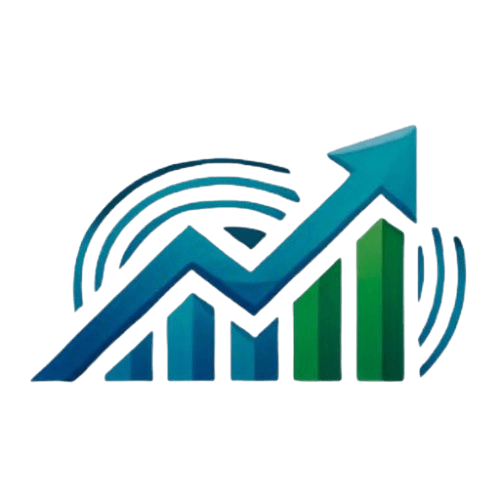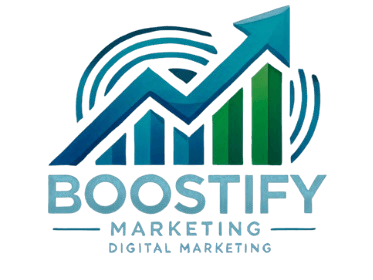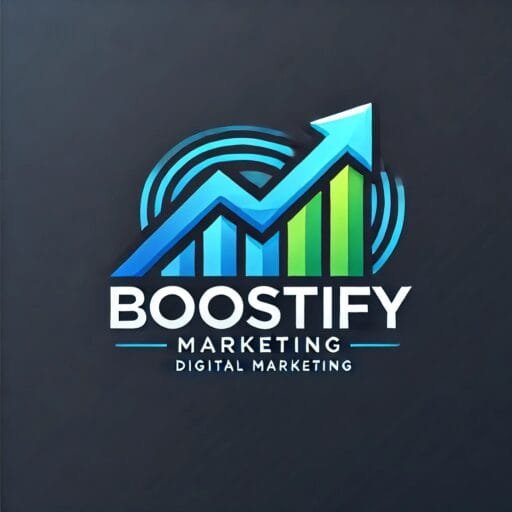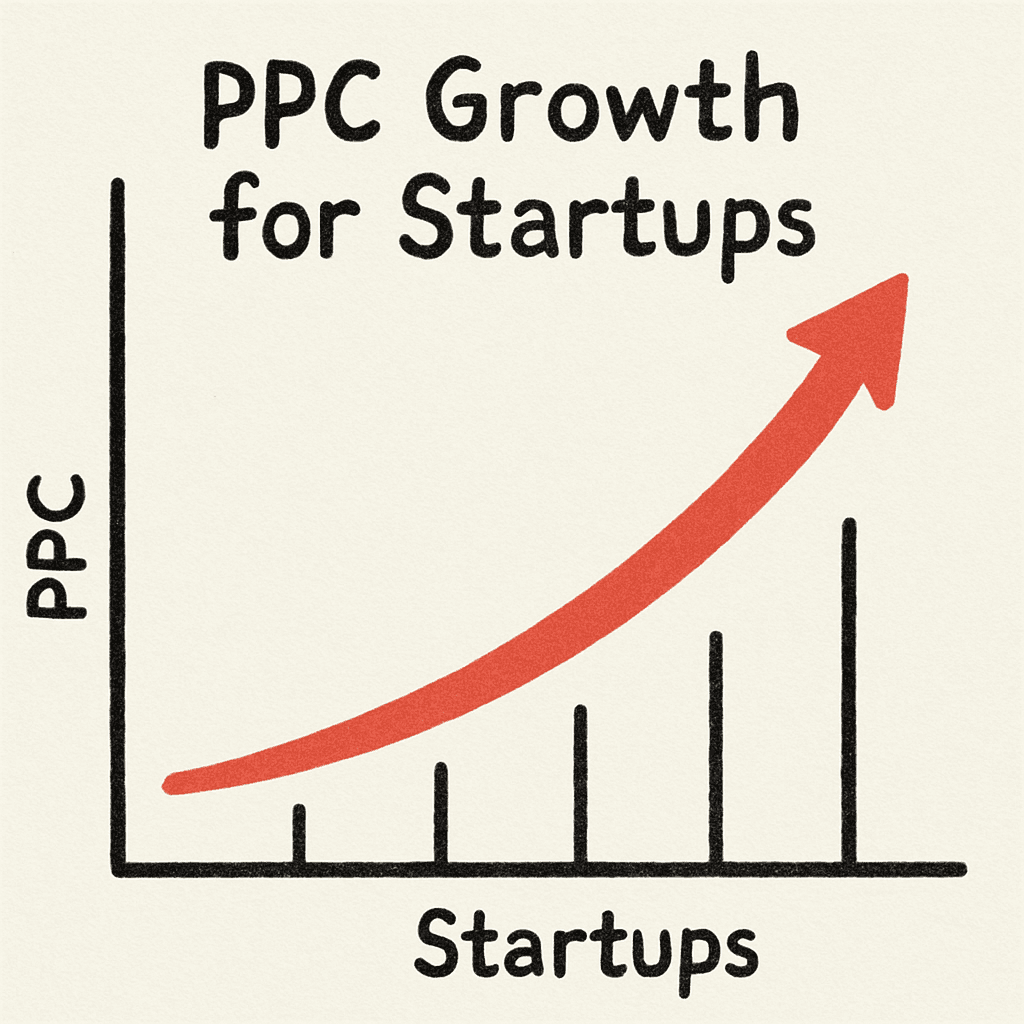
Maximizing ROI: Top PPC Strategies for Startup Success
Maximizing ROI: PPC Strategies for Startups
In the fast-paced world of startups, every dollar counts. Maximizing return on investment (ROI) is crucial for growth. Pay-Per-Click (PPC) advertising offers a powerful way to achieve this. It provides immediate visibility and drives targeted traffic to your website.
For startups, PPC can be a game-changer. It allows you to compete with larger companies on a level playing field. But, without the right strategies, it can also drain your budget quickly. Understanding how to optimize PPC campaigns is essential.
This guide will walk you through effective PPC strategies tailored for startups. From setting clear goals to smart keyword research, we cover it all. You’ll learn how to craft compelling ad copy and optimize landing pages.
We’ll also explore audience targeting and budget management. These are key to ensuring your ads reach the right people at the right time. Tracking and analytics will help you measure success and refine your approach.
Continuous optimization is vital in the ever-evolving digital landscape. By leveraging multiple platforms, you can expand your reach beyond Google Ads. Partnering with a PPC agency or consultant can provide valuable expertise.
Avoid common pitfalls and stay ahead of future trends. With the right strategies, your startup can build a scalable, ROI-driven PPC campaign. Let’s dive in and unlock the potential of PPC for your business.
Why PPC Matters for Startups: Fast-Tracking Growth and Visibility
For startups, the digital landscape is both a challenge and an opportunity. PPC advertising offers an instant way to gain online visibility. Unlike organic methods like SEO, PPC delivers immediate results, crucial for quick growth.
Startups face fierce competition. PPC allows them to stand out without the wait associated with traditional methods. This provides a vital edge, especially in crowded markets. Every click from a PPC ad is an opportunity for customer engagement.
Utilizing PPC effectively can jumpstart your marketing efforts. Here are some benefits:
- Immediate exposure to potential customers.
- Targeted reach to specific demographics.
- Measurable results that drive strategic decisions.
By reaching the right audience at the right time, startups maximize their marketing ROI. This tailored approach helps in drawing quality traffic to your site, converting visitors into loyal customers. Ultimately, PPC becomes a cornerstone of a successful digital strategy, ensuring your startup doesn’t just survive but thrives.
Setting the Foundation: Defining Goals, KPIs, and Budget
Before diving into PPC, startups need a strong foundation. Clear goals guide every aspect of your campaign. Decide on what you want to achieve: sales, lead generation, or brand awareness.
Defining KPIs is crucial for measuring success. These are the benchmarks that track your progress. They could include metrics like click-through rates, conversion rates, or return on ad spend.
Equally important is setting a realistic budget. This involves understanding your financial constraints. Start with a modest budget and adjust based on performance.
Key steps to set your foundation:
- Define clear campaign goals.
- Identify key KPIs for tracking success.
- Determine an initial budget and keep it flexible.
Monitoring these elements ensures your PPC strategy is aligned with your business objectives. A well-defined foundation helps startups track, analyze, and optimize their campaigns effectively. With clear goals, KPIs, and a sensible budget in place, your startup is ready to launch successful PPC campaigns that drive growth.
Smart Keyword Research: Finding High-Intent, Low-Cost Opportunities
Effective keyword research is the backbone of successful PPC campaigns. It starts with identifying high-intent keywords that resonate with your target audience. These keywords are the ones that are likely to drive conversions.
It’s equally important to find keywords that are cost-effective. This means seeking terms that have lower competition yet still attract potential buyers. Using keyword research tools can simplify this process.
Start by brainstorming a list of possible keywords. These could be related to your product, industry, or even competitor strategies. Then, validate these keywords using tools like Google Keyword Planner or SEMrush.
Two essential lists to maintain:
- High-intent keywords for driving conversions.
- Negative keywords to filter out irrelevant traffic.
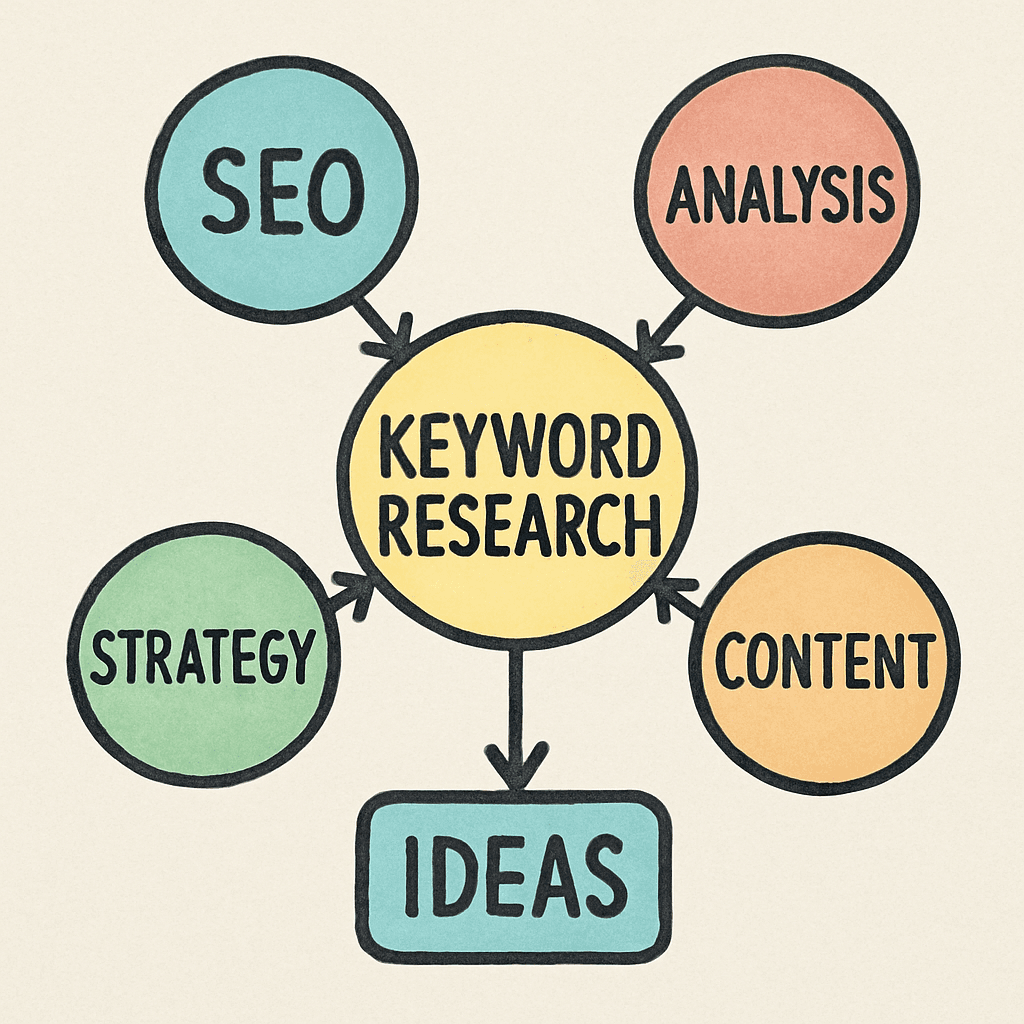
These lists allow for refined targeting. Negative keywords help prevent your ads from showing in searches that don’t convert. This saves your budget and enhances ROI.
By consistently analyzing and updating your keyword list, you stay competitive. Ultimately, smart keyword research sets the stage for high-performing PPC campaigns without inflated costs.
Crafting Compelling Ad Copy That Converts
Creating effective ad copy is crucial for PPC success. Your ad must grab attention and compel users to click. Start by focusing on the benefits of your product or service rather than just features.
Strong ad copy is clear and concise. It should communicate your value proposition quickly. Use strong action words to drive the message home and prompt action.
Incorporate keywords naturally within your ad text. This aligns with search queries and boosts your ad’s relevance. Ensuring your ad copy is aligned with user intent is key to conversion.
Here’s a checklist for compelling PPC ad copy:
- Clearly highlight unique selling points.
- Use urgent language to create a sense of Immediacy
- Include a call-to-action (CTA) that is specific and actionable.
Testing different variations of your ad copy can provide insights into what resonates best. This allows continuous refinement and improvement. Ultimately, a well-crafted ad is the bridge between search intent and a successful conversion.
Landing Page Optimization: Turning Clicks into Customers
To maximize ROI from your PPC campaigns, optimizing your landing pages is vital. A well-designed landing page ensures that traffic from your ads is effectively captured and converted. Your landing page should be straightforward and align with the ad content and keywords.
A seamless flow from ad to landing page enhances the user experience. Visitors should instantly understand your offer. Make sure your page loads quickly to reduce bounce rates and keep potential leads engaged.
Essential elements of an effective landing page include:
- A compelling headline that matches your ad’s promise.
- Clear visuals or images that relate to the product or service.
- A focused call-to-action (CTA) that guides user action.
Additionally, consider the following when refining your landing page:
- Use bullet points to highlight key benefits.
- Ensure your page is mobile-friendly given the prevalence of mobile browsing.

When visitors land on your page, their journey should be intuitive. Streamlined navigation and persuasive copy reduce friction and guide them towards your desired outcome. Constant testing and adjustments can continuously improve landing page performance, leading to better conversion rates.
Audience Targeting and Retargeting: Reaching the Right People
To maximize ROI, reaching the correct audience with your PPC campaigns is essential. Knowing who you are targeting ensures that your ads are relevant and engaging. Conducting market research helps define your ideal customer profile, guiding effective PPC targeting.
A great starting point is segmenting audiences based on demographics, interests, and behavior. Platforms like Google Ads and Facebook offer robust targeting features. Using these tools, you can hone in on users more likely to convert.
Key targeting options to consider include:
- Demographic targeting: Age, gender, location, language.
- Behavioral targeting: Browsing habits, past purchases, and more.
Retargeting, or remarketing, is a powerful strategy that re-engages users who’ve interacted with your brand before. It keeps your product top-of-mind, increasing conversion chances. Using retargeting, you can remind users about items they expressed interest in.
When setting up retargeting, focus on:
- Excluding converters to save on ad spend.
- Tailoring offers to nudge previous visitors towards conversion.
Through precise targeting and effective retargeting, startups can significantly improve their PPC results. These techniques ensure your budget reaches those who matter most, enhancing overall campaign effectiveness.
Budget Management and Bidding Strategies for Startups
Effective budget management is critical for startups embarking on PPC campaigns. Begin with a modest budget that can grow as you gain traction. This approach minimizes risk and allows adjustments based on performance.
Allocate your budget according to priority, focusing on high-intent keywords. This ensures your funds are spent where they’ll likely yield the highest return. Regular monitoring and adjustments keep your spending aligned with your goals.
Exploring different bidding strategies is also beneficial. Experiment with manual bidding to gain precise control over costs. Alternatively, automated bidding can simplify the process, optimizing bids to match your set targets.
Key bidding strategies to consider include:
- Manual CPC: Offers control over maximum bid amounts.
- Enhanced CPC: Adjusts bids automatically to boost conversions.
- Target CPA: Aims for a specific cost per acquisition.
By balancing budget oversight with strategic bidding, startups can effectively use their financial resources. This approach increases potential returns, ensuring your PPC efforts produce worthwhile results.
Tracking, Analytics, and Conversion Optimization
Tracking performance is essential for maximizing PPC ROI. Utilize robust analytics tools to monitor your campaigns closely. These tools provide insights into which ads drive results and which need refinement.
Analyze data to understand user behaviors and preferences. This information is crucial for fine-tuning your strategies. Ensure you’re tracking all relevant metrics such as click-through rates (CTR) and conversion rates.
Conversion optimization is equally vital in improving PPC success. Focus on turning clicks into valuable actions like purchases or sign-ups. Test different landing pages and call-to-action (CTA) buttons to identify the most effective options.
Key aspects to optimize include:
- Landing Page Layout: Simplify design and improve load times.
- CTA Placement: Test different locations for better engagement.
- Content Relevance: Ensure ad and landing page content align.
By continuously tracking and optimizing, startups can refine their PPC campaigns efficiently. This process boosts conversion rates and enhances overall marketing ROI.
A/B Testing and Continuous Campaign Optimization
A/B testing plays a crucial role in refining PPC campaigns. It involves comparing two versions of an ad or landing page. This process helps determine which version performs better.
When conducting A/B tests, focus on one variable at a time. This approach isolates changes and reveals their impact clearly. Examples of variables include headlines, images, and CTA phrases.
Continuous optimization is essential for maintaining campaign effectiveness. Use A/B test results to inform tweaks and updates. Regular adjustments keep your ads relevant and engaging to your audience.
Consider testing these elements:
- Ad Headlines: Experiment with different wording.
- Images: Try various visuals for impact.
- CTA Phrases: Test different messages to prompt action.
Frequent testing and refinement enhance ad performance over time. This iterative process leads to improved ROI by adapting to audience preferences and market trends.
Leveraging Multiple Platforms: Beyond Google Ads
Startups often focus on Google Ads for their PPC needs. While effective, exploring additional platforms can diversify and enhance campaigns. Many platforms offer unique benefits and audience reach.
Consider using social media platforms for PPC. Facebook and Instagram Ads can target users based on demographics and interests. LinkedIn Ads allow B2B targeting, ideal for professional services.
In addition to social media, Bing Ads is a worthwhile consideration. It reaches an audience that isn’t on Google, offering less competition and lower costs. Experimenting across platforms optimizes visibility and ROI.
Explore these alternative PPC platforms:
- Facebook Ads: Target specific demographics.
- Instagram Ads: Engage visually-driven users.
- Bing Ads: Lower competition, unique users.
Using multiple platforms allows startups to tap into wider audiences. It provides more opportunities to convert potential customers and maximize ROI. Different platforms can complement each other, creating a well-rounded strategy.
When to Partner with a PPC Agency or Consultant
Understanding when to bring in a PPC agency or consultant can be crucial for startups. Expertise can elevate your campaigns beyond in-house capabilities. Busy startups may lack the time to manage PPC effectively.
Agencies bring deep industry knowledge and advanced tools. They can craft strategies tailored to your business needs. Consultants offer insights that improve efficiency and results, often increasing ROI.
Consider partnering when:
- Lacking PPC expertise.
- Current campaigns show declining results.
- Limited time hinders PPC management.
Choosing the right agency or consultant can save time and enhance performance. They can navigate complex PPC landscapes, ensuring campaigns thrive. Investing in expert help might be a game-changer for your startup’s growth.
Common PPC Pitfalls and How to Avoid Them
Navigating PPC can be tricky, with several pitfalls along the way. Startups often face challenges that can drain budgets and reduce effectiveness. Recognizing and sidestepping these issues is crucial for sustainable growth.
A major pitfall is neglecting keyword research, leading to wasted ad spend. Poor ad copy can also fail to attract or convert, diminishing returns. Additionally, ignoring mobile optimization can result in lost opportunities, as many users browse on mobile devices.
To avoid these pitfalls:
- Conduct thorough keyword research.
- Continuously refine ad copy.
- Ensure all content is mobile-friendly.
By staying vigilant and proactive, startups can maintain effective campaigns and maximize their ROI. Regularly reviewing performance and adapting strategies will safeguard against these common PPC errors.
Future Trends: AI, Automation, and the Evolving PPC Landscape
The PPC landscape is rapidly evolving, with AI and automation at the forefront. These technologies offer startups the tools to optimize and personalize ads like never before. Embracing these advancements can provide a competitive edge.
Key trends to watch include:
- AI-driven bid automation.
- Predictive analytics for better targeting.
- Enhanced personalization through machine learning.
Staying ahead of these trends will be essential.
Startups need to adjust their PPC strategies to include these technologies. This will help them stay relevant and efficient in a changing market.
Embracing these innovations could be the key to unlocking new levels of success in paid advertising.
Conclusion: Building a Scalable, ROI-Driven PPC Strategy for Your Startup
Creating an effective PPC strategy is important for startups that want to increase their online presence and turn visitors into sales.
Prioritizing clear goals, targeted advertising, and ongoing optimization helps businesses achieve higher ROI.
By leveraging the right keywords, optimizing ad content, and continually refining tactics, startups can enhance their PPC efforts. Building a scalable PPC strategy takes time and effort but pays off in sustained visibility and growth opportunities.
